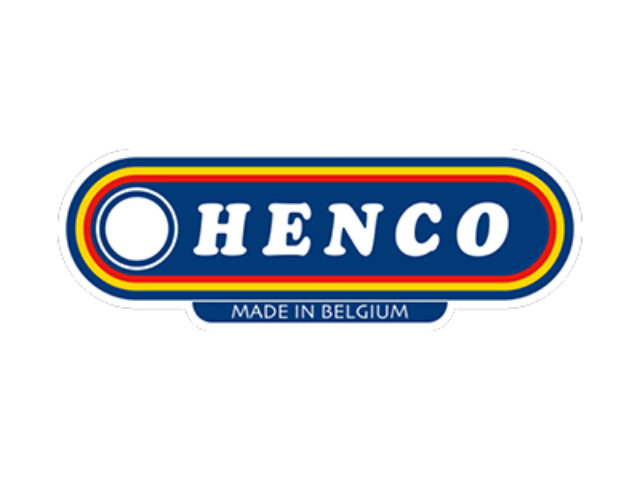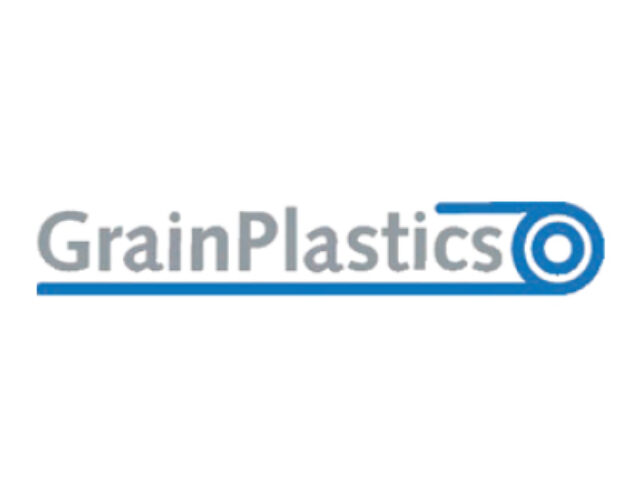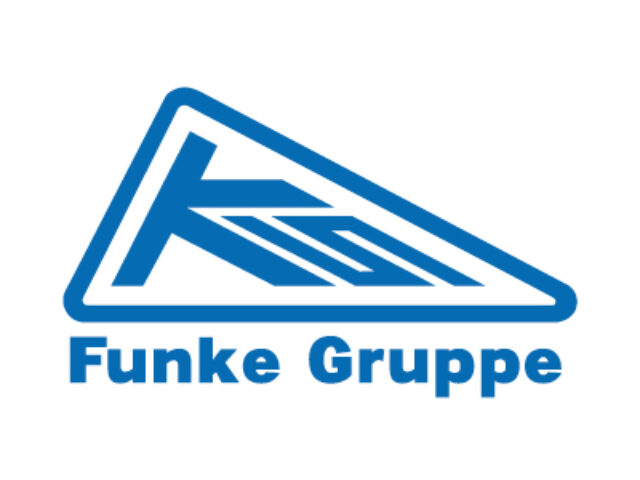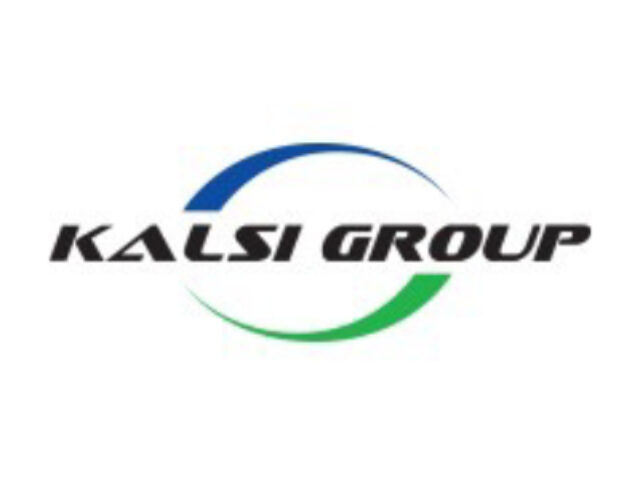News
Why Poor Drainage Design Is Ruining Our Roads Faster Than You Think
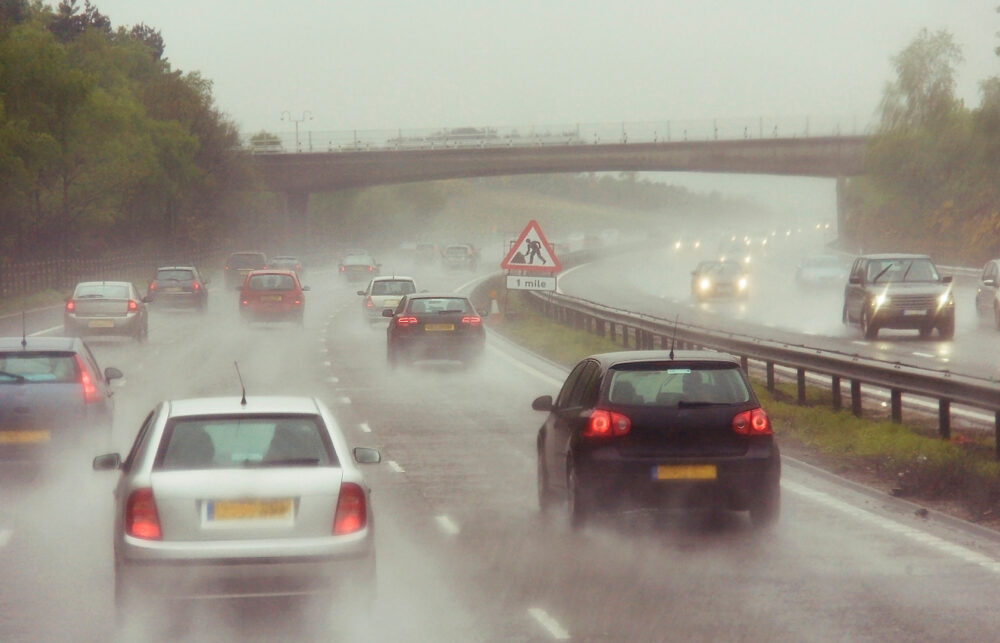
When a road fails, most assume it’s down to heavy traffic or poor surfacing. But often, the real reason lies beneath in the drainage system. Below ground drainage is a huge part of highway infrastructure, yet it doesn’t always receive the attention it deserves in the design phase. Poorly designed or maintained highway drainage can lead to issues like flooding, sediment buildup and the gradual weakening of road foundations. These issues are not just disruptive. They are preventable.
Highways require a more intensive drainage design to quickly move surface water off the roads, using features like grates and extensive pipe networks. Despite this, frequent rework and redesigns of highway drainage systems are common, as councils struggle to get the initial design right and keep up with changing weather patterns.
The Silent Killer of Road Foundations
Roads are built to last anywhere from 50 to 100 years, but in reality, they rarely reach the upper end of that lifespan without intervention. Over time, utilities such as water, gas, and electricity require maintenance, leading to roads being dug up and resurfaced. However, one of the biggest factors in early road degradation is water infiltration.
When drainage design is ineffective, excess water accumulates beneath the surface, saturating the subgrade and reducing its load-bearing capacity. This weakens the entire structure, causing cracking and potholes. Over time, repeated cycles of water ingress and freeze-thaw expansion accelerate road deterioration. The result often leads to expensive and disruptive repairs that could have been avoided with better planning and advice.
Why Drainage Design Matters
For highway drainage, the quality of pipework is set by councils such as BBA-approved and HAPAS-certified drainage systems. These provide the assurance that materials can withstand high traffic loads, ground movement and environmental conditions without premature failure.
Incorrectly specified drainage networks not only shorten the lifespan of roads but can also lead to fines for engineers, architects or contractors responsible. That’s why investing in the right supplier that has expert knowledge on highway drainage from the outset ensures durability, proper water flow and minimal maintenance over the system’s lifetime.
Poorly Managed Runoff and Environmental Risks
Beyond structural damage, inadequate drainage can also lead to serious environmental consequences. Surface water runoff from highways often contains pollutants such as oil and fuel residues. Without proper containment and filtration, these contaminants can enter natural watercourses, posing risks to ecosystems and public health.
Petrol interceptor tanks are often the answer to this and will be included in the designs from the outset, separating hydrocarbons and debris from runoff before it reaches drainage networks. Implementing these systems as part of a well-designed below ground drainage plan reduces the risk of pollution while ensuring compliance with environmental regulations.
Choose a Supplier That Delivers More Than Drainage Products
Contractors, developers and local authorities should prioritise fully certified systems that align with industry best practices. Selecting the correct materials from the start prevents costly reactive maintenance and extends the lifespan of infrastructure.
However, the right supplier does more than just provide certified products. They offer technical expertise on both materials and products, helping to specify the best solution for your project and identifying potential issues that may not be immediately obvious.
Do not leave it to chance. Call Plastech® to work with an expert supplier and get it right the first time.




